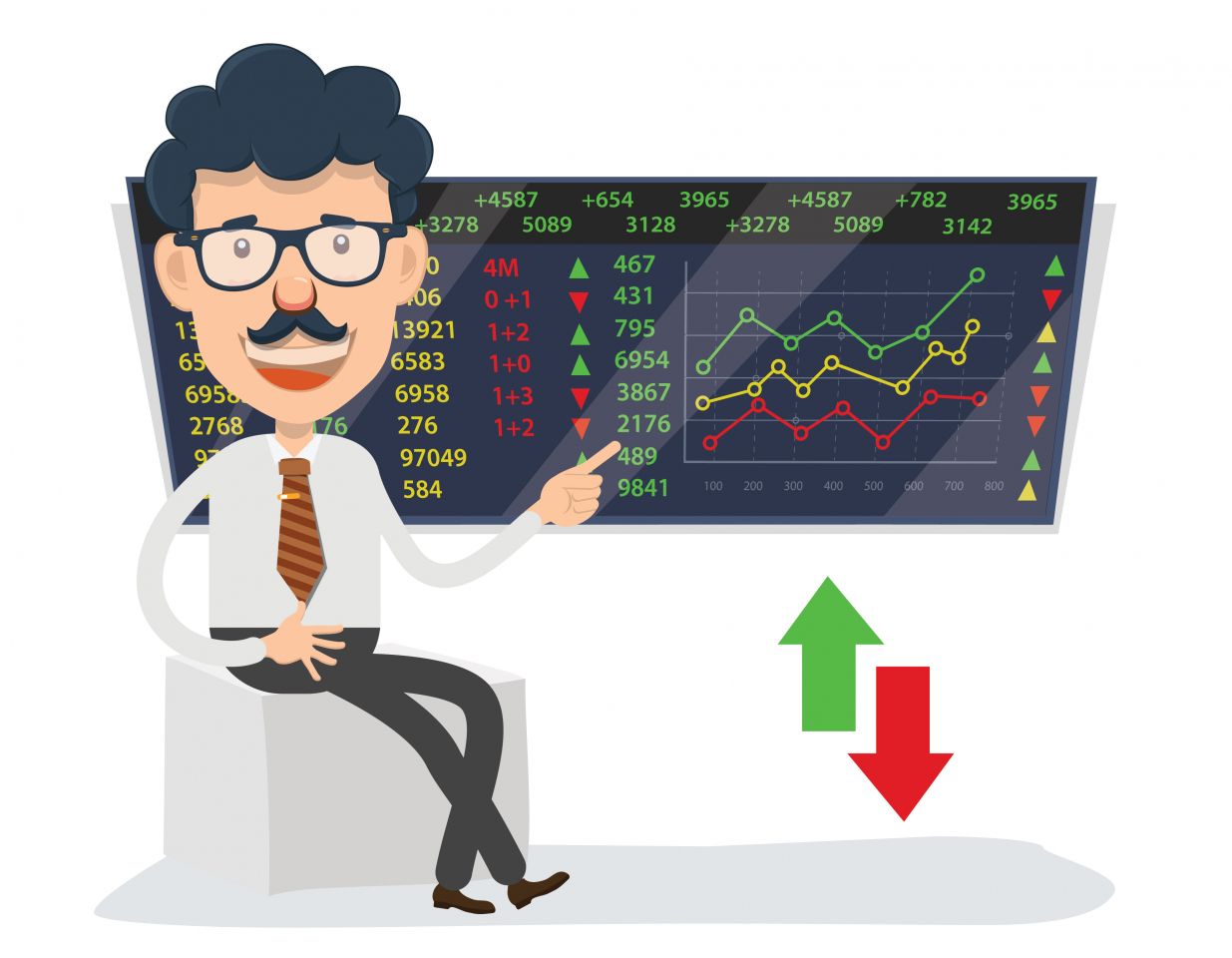What is P&L Attribution?

It's short for 'Profit and Loss Attribution' and it's a back-testing method for evaluating a bank's risk management models. It compares a bank's hypothetical profit and loss as predicted by that risk management model with the actual profit and loss incurred.
Key takeaways
-
P&L Attribution is a back-testing method that compares a bank's predicted profit and loss from risk models with actual results incurred.
-
The method analyzes performance conditions including time, prices, interest rates, market volatility, new trades, and cancellations to determine causes.
-
It breaks down profit and loss into meaningful components to identify whether performance results from deliberate strategy or chance.
-
The Basel Committee mandated stringent P&L attribution requirements following catastrophic losses like those that caused Lehman Brothers to collapse.
-
Banks use P&L Attribution to evaluate trading strategies and justify losses from unforeseen market conditions beyond their control.
Where have you heard about P&L Attribution?
In the news. The Fundamental Review of the Trading Book, conducted by the Basel Committee on Banking Supervision, set out new rules to prevent another financial crisis, including stringent P&L attribution to explain catastrophic losses like those that caused Lehman Brothers to collapse.
What you need to know about P&L Attribution.
It's all about breaking down profit and loss into meaningful components to explain whether performance is a result of strategy or chance. For example, a risk manager needs to be able to identify whether a product or company made or lost money and who or what is responsible.
They do this by analysing the various conditions that affect performance such as: time, prices, interest rates, market volatility, new trades and cancellations. It helps banks and funds evaluate their strategies - and justify losses incurred as a result of unforeseen conditions they couldn't help.